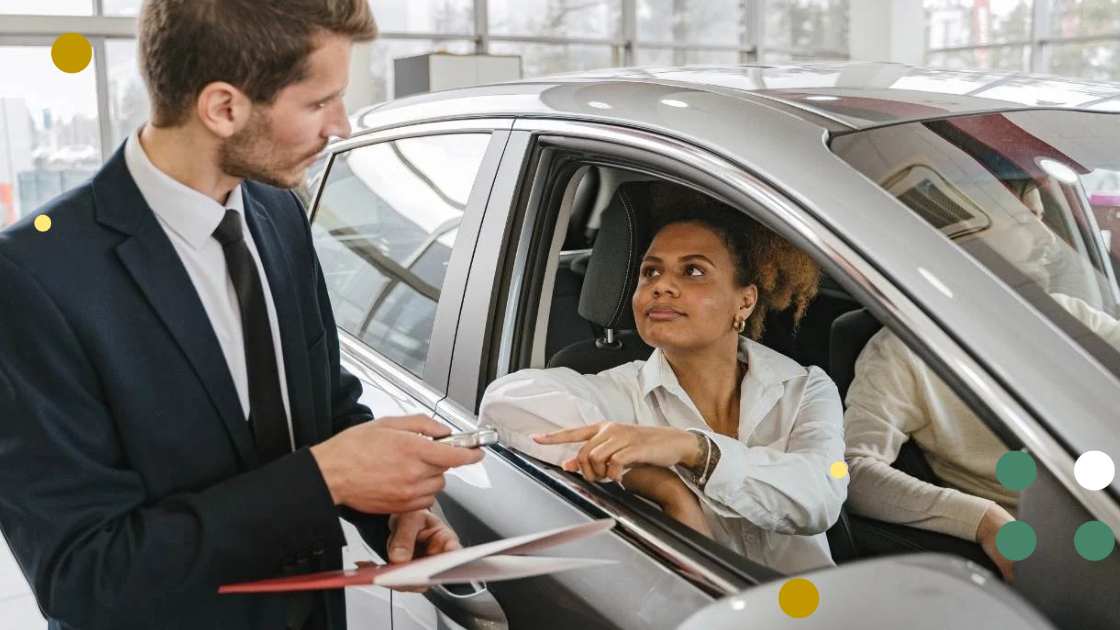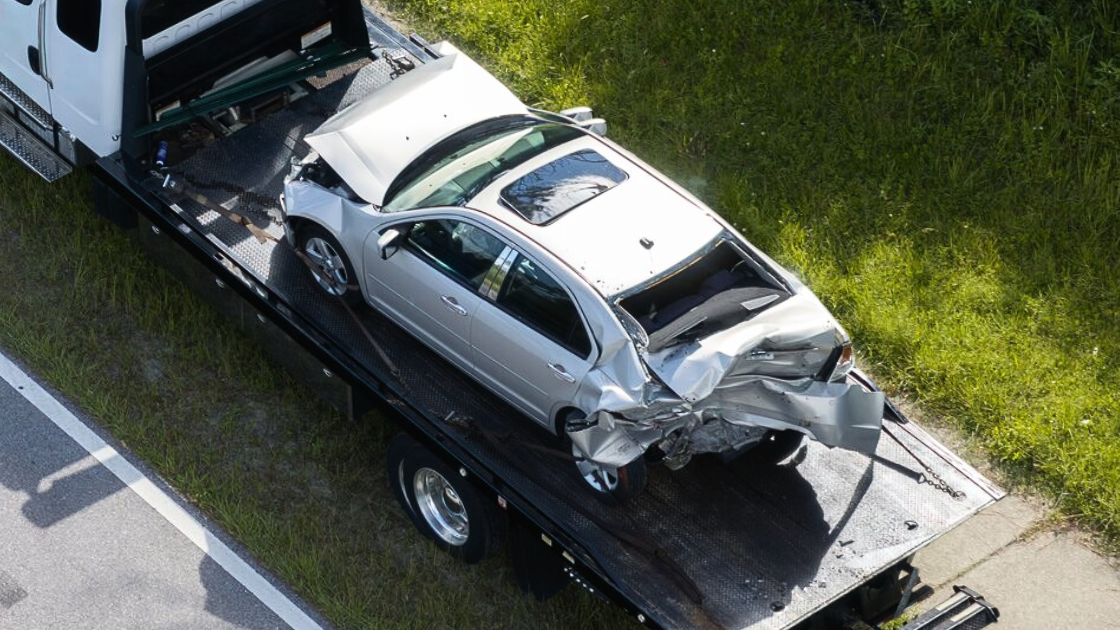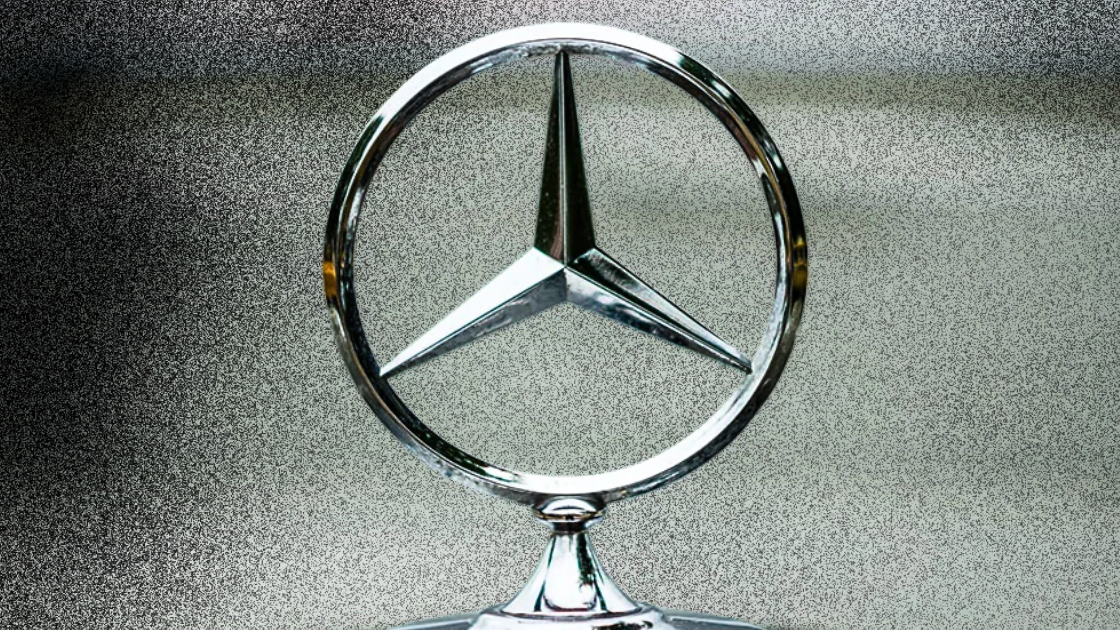
In the third-quarter, customer satisfaction with public DC Fast Charging (DCFC) and public Level 2 charging networks had the largest quarterly decline since 2021.
Why it matters: As EV battery ranges improve, the biggest hurdle to widespread adoption remains concerns about the availability and reliability of public charging stations.
By the numbers: In October, the number of public EV charging ports exceeded 200,000. DCFC now makes up over 50,000 of those ports.
Tesla’s Supercharger network — consistently the most reliable fast charging network in the country — is also the largest with 28,625 DCFC ports.
But according to the latest data from J.D. Power, the overall customer satisfaction score for DCFC was 643 (on a 1,000 point scale), a record low.
And satisfaction with Level 2 charging was 602, the second-lowest level recorded.
Zooming in: While Tesla owners and Supercharger users remain the most satisfied overall, the same can’t be said for non-Tesla owners. Unlike Tesla owners, many non-Tesla EVs are not equipped with the North American Charging Standard (NACS), forcing them to rely on Combined Charging System (CCS) adapters.
Over a dozen automakers including Ford, GM, and Kia, have pledged to adopt the NACS charging standard and this year was the first time many of these drivers could access the Supercharger network.
The downside is – these drivers have to jump through hoops to submit payment – often at a higher cost.
Still – overall satisfaction for the Supercharger network outperformed all other providers.
Another big drag on satisfaction is public charging reliability. Overall, 19% of attempts to use public chargers in Q3 failed to charge the vehicle. Top-performing brands such as Tesla’s Supercharger network and Electrify America delivered 90% or higher success rates, while some of the worst-performing brands only successfully charge between 58% and 61% of the time.
To address some of these challenges, ChargePoint’s new “Omni Port” combines both the CCS and NACS into a single, universal plug, removing the need for additional devices.
And Society of Automotive Engineers (SAE), a group of automakers, EV charging operators, and the Biden Administration’s Joint Office of Energy and Transportation have come together to create a universal Plug & Charge protocol.
The protocol aims to provide automatic charging and payment as soon as the EV is plugged in without the need for app signups or additional billing information.
Bottom line: The public EV charging network is still fragmented and it’s bringing down customer satisfaction, but with automakers rallying behind NACS and efforts underway to simplify charging and payment systems, the path to better charging experiences is starting to take shape.
Become an automotive insider in just 5 minutes.
Get the weekly email that delivers transparent insights into the car market.
Join 90,000 others now, it's free:
Mia answers the phone 24/7 for sales, service, parts and your front desk. But unlike other solutions, she speaks naturally like a human.
We're talking fluid, open-ended conversations instead of the dreaded 'press 1, press 2'.
Mia answers every call with a friendly attitude to help customers shop for cars, book service appointments, and answer any questions. She even speaks multiple languages.
Mia seamlessly integrates with your CRM, DMS & inventory system to give you the best data possible.
Mia never takes time off, so you'll never miss a phone lead again. Check her out at mia.inc.











